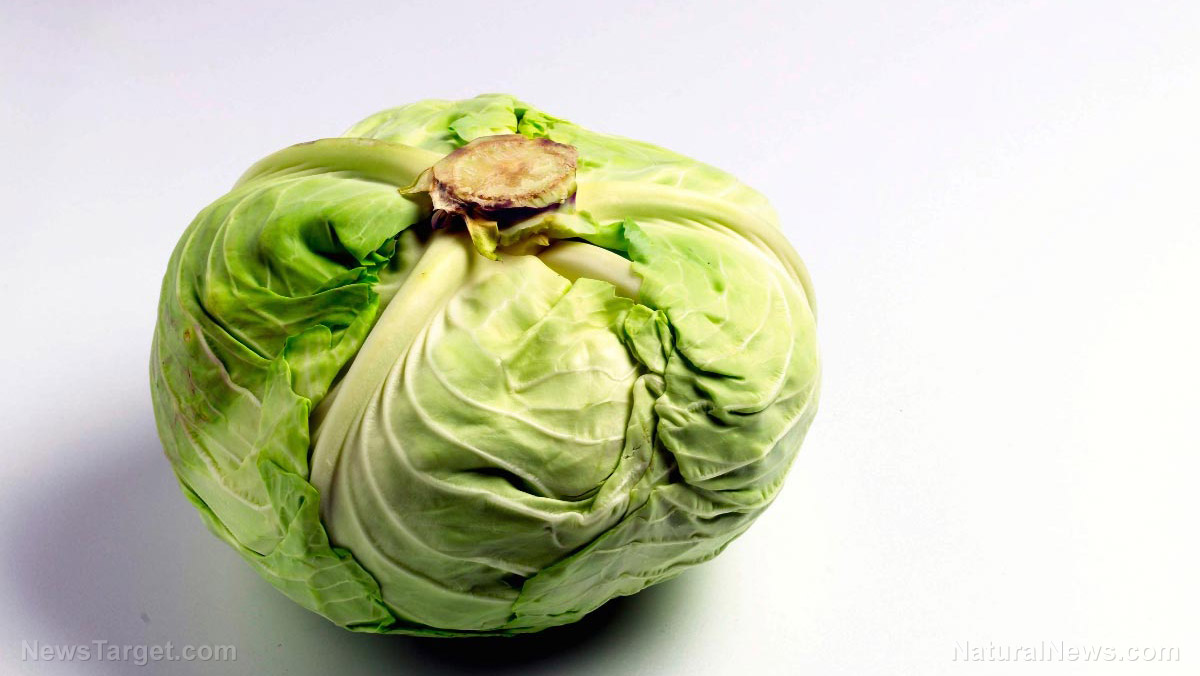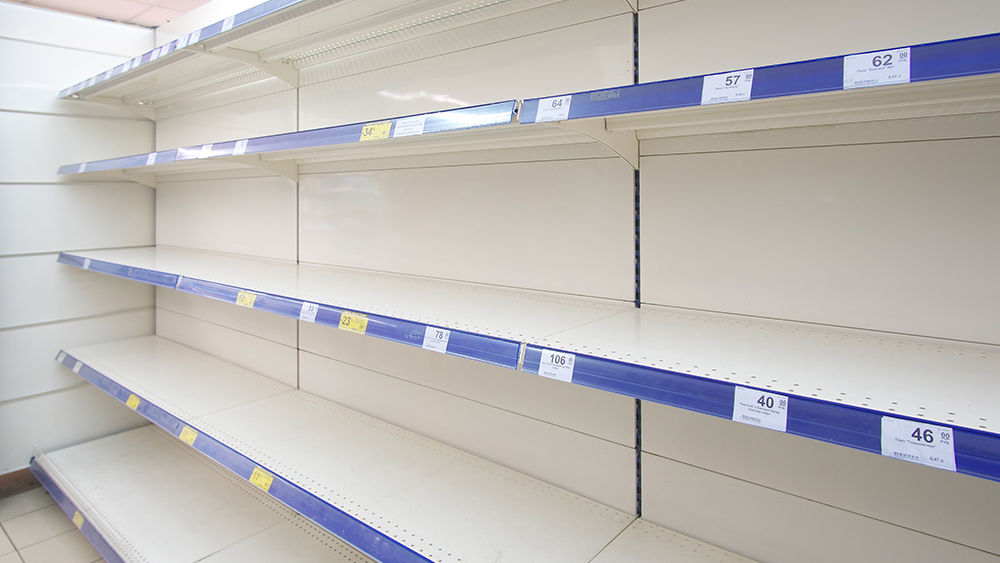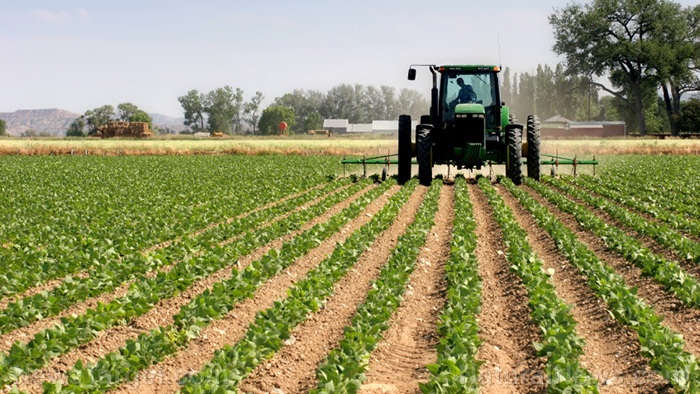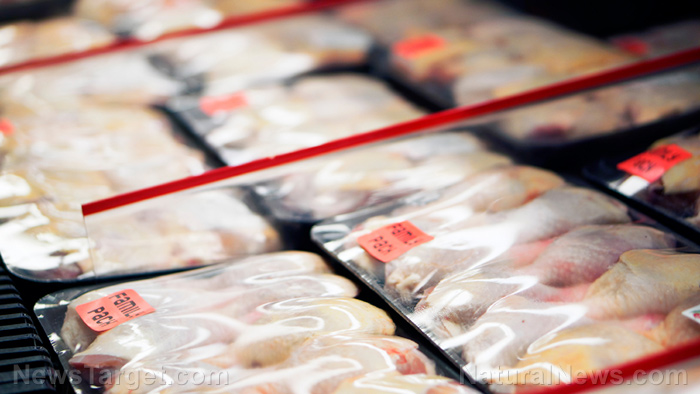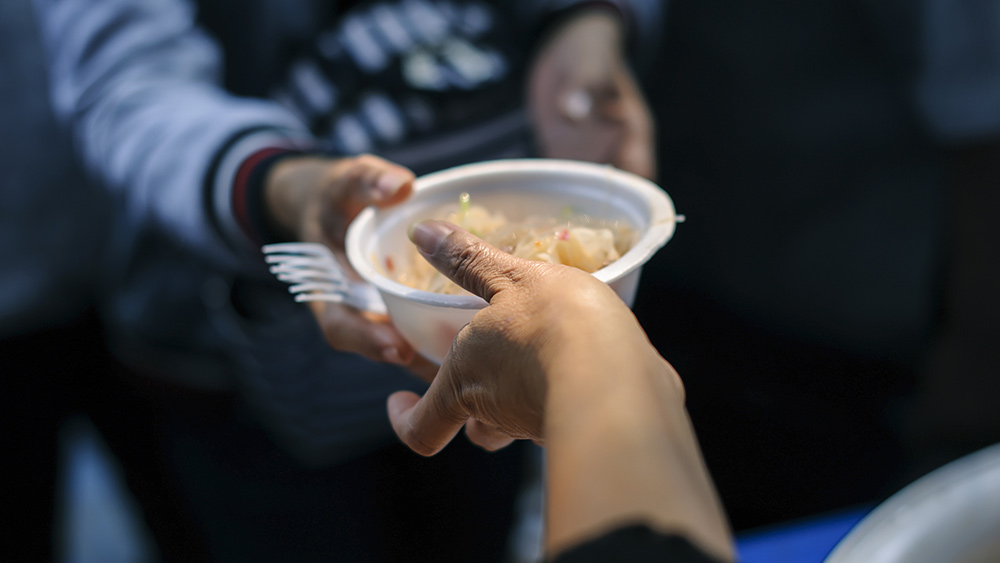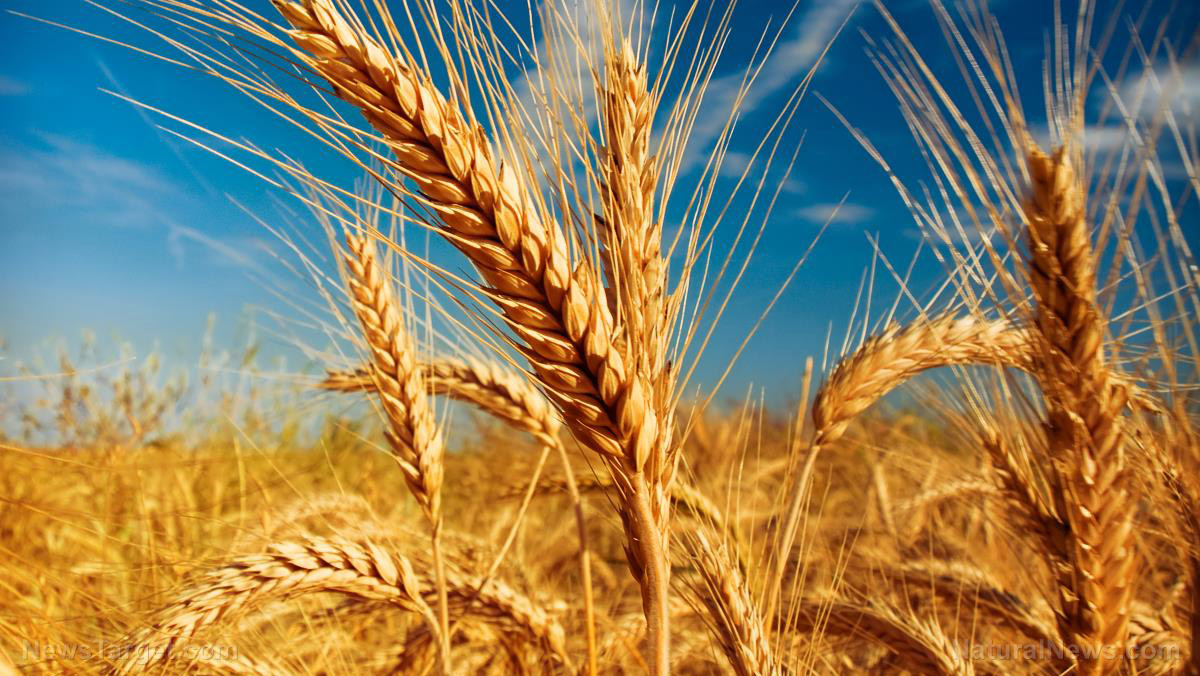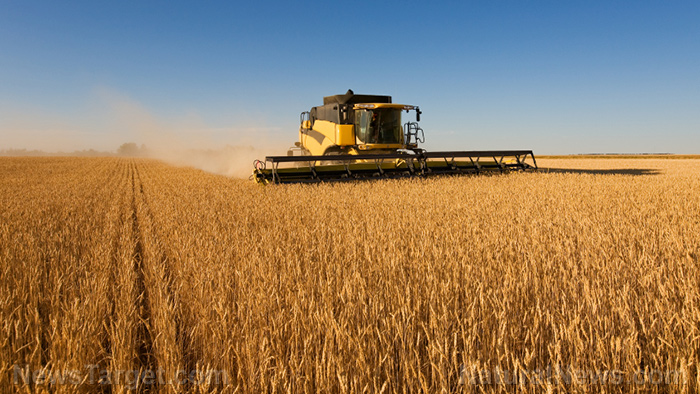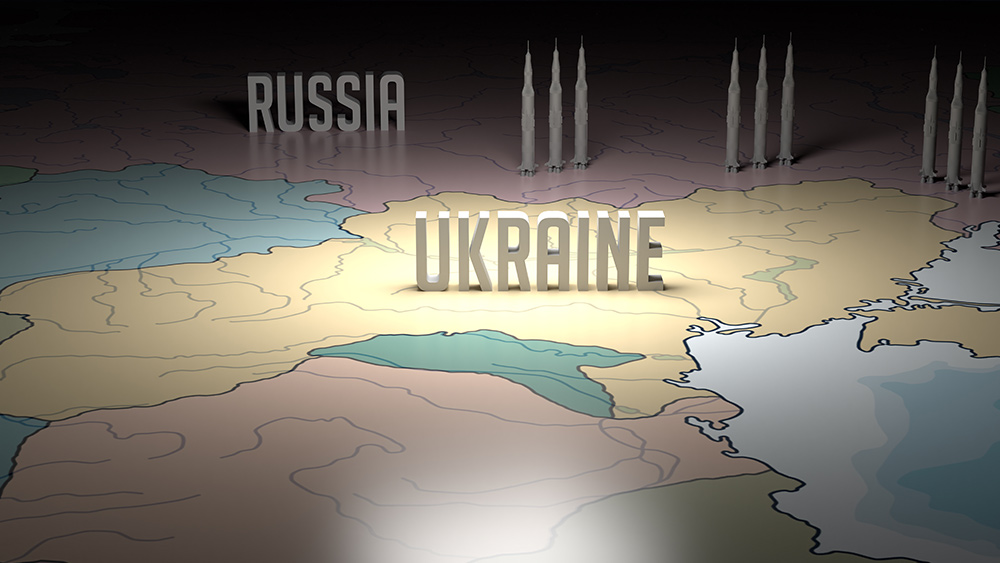Russia-Ukraine crisis will put even more strain on the global food supply, driving up prices of wheat and corn around the world
02/23/2022 / By Lance D Johnson

The crisis between Russia, Ukraine, the US and the European Union threatens to put even more strain on the global food supply, driving up prices of wheat, corn and sunflower oil. The UK has already sanctioned five Russian banks. The United States and the European Union are also getting involved with their own list of sanctions. As conflict escalates, the global food supply hangs in the balance.
Russia and Ukraine are responsible for nearly 80 percent of all sunflower oil exports around the world. Approximately 29 percent of the world’s wheat exports and 19 percent of the global corn supply comes out of Russia and Ukraine. Wheat, corn and sunflower oil are commonly incorporated into food products that populations depend upon throughout the world. Many smaller nations in the Middle East depend on Russia and Ukraine for wheat. As ports in the Black Sea are cut off due to military conflict and the threat thereof, crucial grain exports will not make it to their destinations.
As conflict increases between Ukraine and Russia, routine grain exports get shut down
As the Russian-Ukraine conflict escalates, food prices could increase further, even in the United States. After Russian President Vladimir Putin declared the independence of the Donetsk and Lugansk People’s Republics and dispatched troops in those regions, U.S. wheat futures jumped 9.72 percent and corn futures spiked 9.34 percent from their February 3rd low.
The regions most impacted by food rationing, military conflict and shipment diversions would include North Africa, Asia and the Middle East. These regions depend heavily on Russian and Ukrainian exports of wheat and corn. Russian wheat exports are predominantly sent to Africa and the Middle East; approximately 70 percent of Russian wheat was sent to these regions in 2021. When Russia took over the Crimean Peninsula in 2014, wheat prices spiked by 20 percent, threatening food supplies throughout Africa and the Middle East. As ship routes are cut off and sanctions are imposed, wheat and corn availability will be threatened and ship routes will be thwarted.
Many smaller nations also depend on Ukraine for their wheat supply. Lebanon receives half of its wheat supply from Ukraine. Libya imports 43 percent of their wheat from Ukraine. Other countries that will be impacted include Malaysia, Indonesia, Bangladesh and Egypt. These countries receive anywhere from 14-28 percent of their wheat supply from Ukraine alone.
The threat of food shortages increases across the globe
Even though Ukraine hopes to export 56 million tons of grain in 2022, many of their ports and shipping routes will inevitably be disrupted. Most of their exports are transported across the Black Sea. If military conflict continues in the region, these ports and shipping routes may be cut off for an unknown amount of time.
The threat of war in the region is already diverting crucial food supplies. Buyers are already preparing by diverting vessels to different suppliers. Buyers cannot risk long delays when loading the ships, so they are planning ahead and finding the most efficient way to export their grain. A buyer from Singapore spoke to Reuters about the diversion. “Ships are avoiding entering the Black Sea because of the war risk,” the trader said. “Supply disruptions are already taking place.”
The situation is escalating quickly. In fact, the leader of the Ukrainian Grain Association, Nikolai Gorbachev, already said that corn and wheat prices are expected to jump 20 to 30 percent as routine grain exports are shut down in the Black Sea. Even worse, Phin Ziebell, an agribusiness economist at the National Australia Bank, said, “Disruptions in supplies from the Black Sea region will impact overall global availability.”
For more on the growing food supply crisis around the world, check out Collapse.News.
Sources include:
Submit a correction >>
Tagged Under:
corn supply, diversions, food inflation, food prices, food security, food supply, food suppy, grain exports, groceries, military conflict, ports, Russia-Ukraine crisis, shipping routes, Sunflower oil, wheat supply
This article may contain statements that reflect the opinion of the author
RECENT NEWS & ARTICLES
FoodRationing.news is a fact-based public education website published by FoodRationing News Features, LLC.
All content copyright © 2021 by FoodRationing News Features, LLC.
Contact Us with Tips or Corrections
All trademarks, registered trademarks and servicemarks mentioned on this site are the property of their respective owners.


